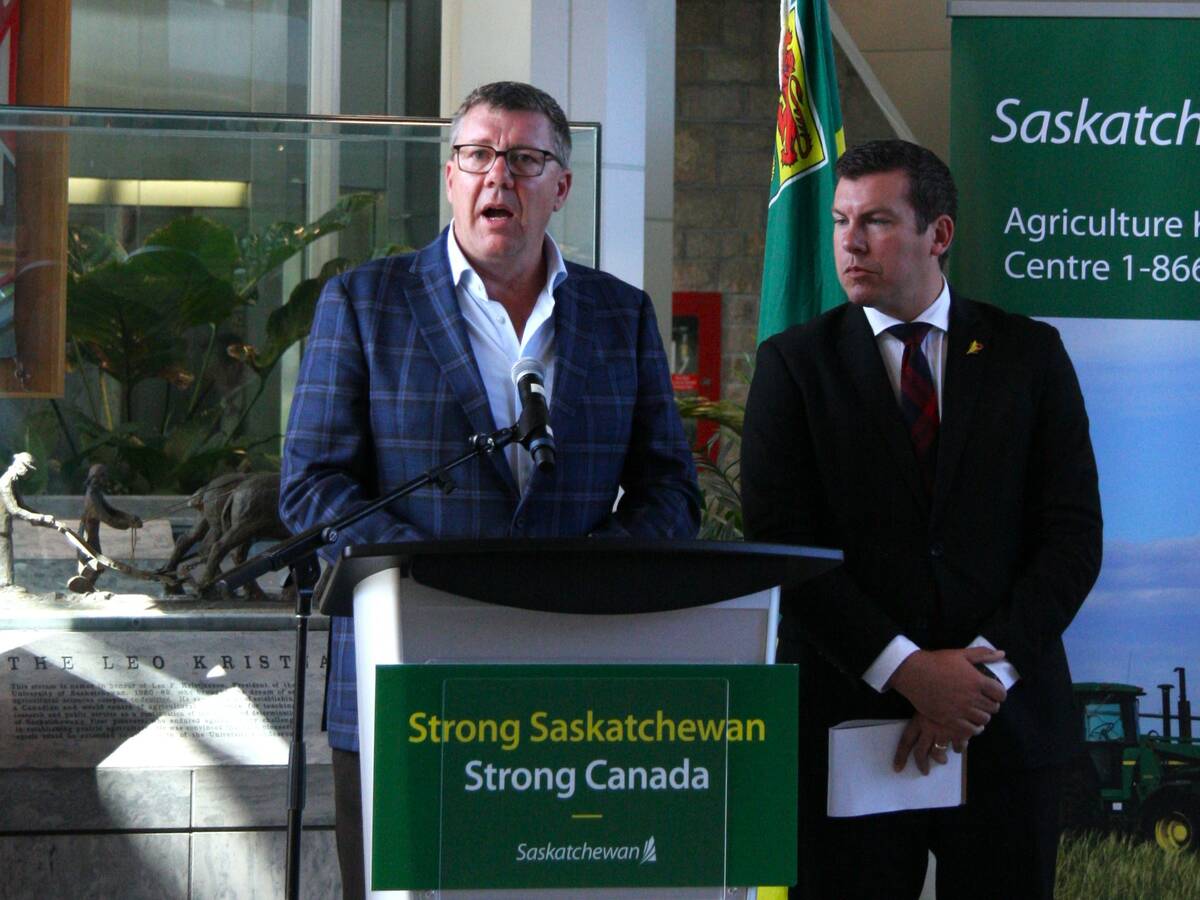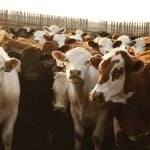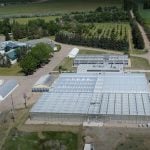QUEBEC CITY — To dairy farmers uneasy about their future, the head of the Canadian Dairy Commission offered a blunt, optimistic challenge last week.
“It is not an end to this industry,” Roch Morin told the annual meeting of Dairy Farmers of Canada. “Yes, it may be the beginning of a new way of managing the industry. The new rules will force us to develop new tools to maintain order in our markets.
“After all my years in dairy, I am confident of our ability to rise to the challenges before us.”
Read Also

Key actions identified to address canola tariffs
Federal and Saskatchewan governments discuss next steps with industry on Chinese tariffs
Delegates to the dairy farmers’ meeting generally heeded his advice.
The representatives of 34,000 dairy farmers spent most of their three-day convention debating the changes that may be necessary in their previously-predictable supply managed sector.
While details have yet to be worked out and industry-government committees have been formed to consider the options, some outlines were emerging last week.
- Price pooling: Despite some resistance from high-value fluid milk-producing provinces like British Columbia, some form of national or regional price pooling seems certain. It would tend to average out prices and help subsidize the exports of surplus low-priced milk from Quebec, Ontario and Prince Edward Island.
- Export policy: A GATT rule says producer levies used to subsidize cheap exports of surplus product will be considered export subsidies, subject to a 36 percent cut over the next seven years. Lower general prices and pooled losses are how the industry hopes to reduce dependence on producer levies to subsidize exports at prices well below cost of production.
- Supplying the processors: National Dairy Council of Canada spokesman Kempton Matte riled up some delegates by bluntly telling them his dairy processor members need greater access to cheaper milk to be able to compete with the U.S. Industry leaders agree that more of the pooled milk will have to be made available at a lower price to dairies, further eroding producer returns.
- Production quotas: With lower returns, there will be pressure from some provinces and producers to allow more production to increase gross revenues. Industry leaders say provinces will need to co-operate to avoid overproduction and ensuing market or price wars.
Other issues to be resolved range from whether the government designates the Canadian Dairy Commission as controller of imports to whether Dairy Farmers of Canada (DFC) can levy research and promotion checkoffs on sales of imported dairy products.
Last week, delegates agreed to amalgamate the DFC lobbying arm with the Dairy Bureau of Canada promotion arm.
















